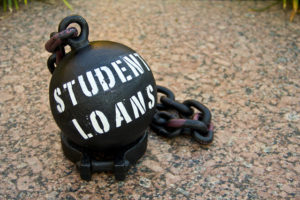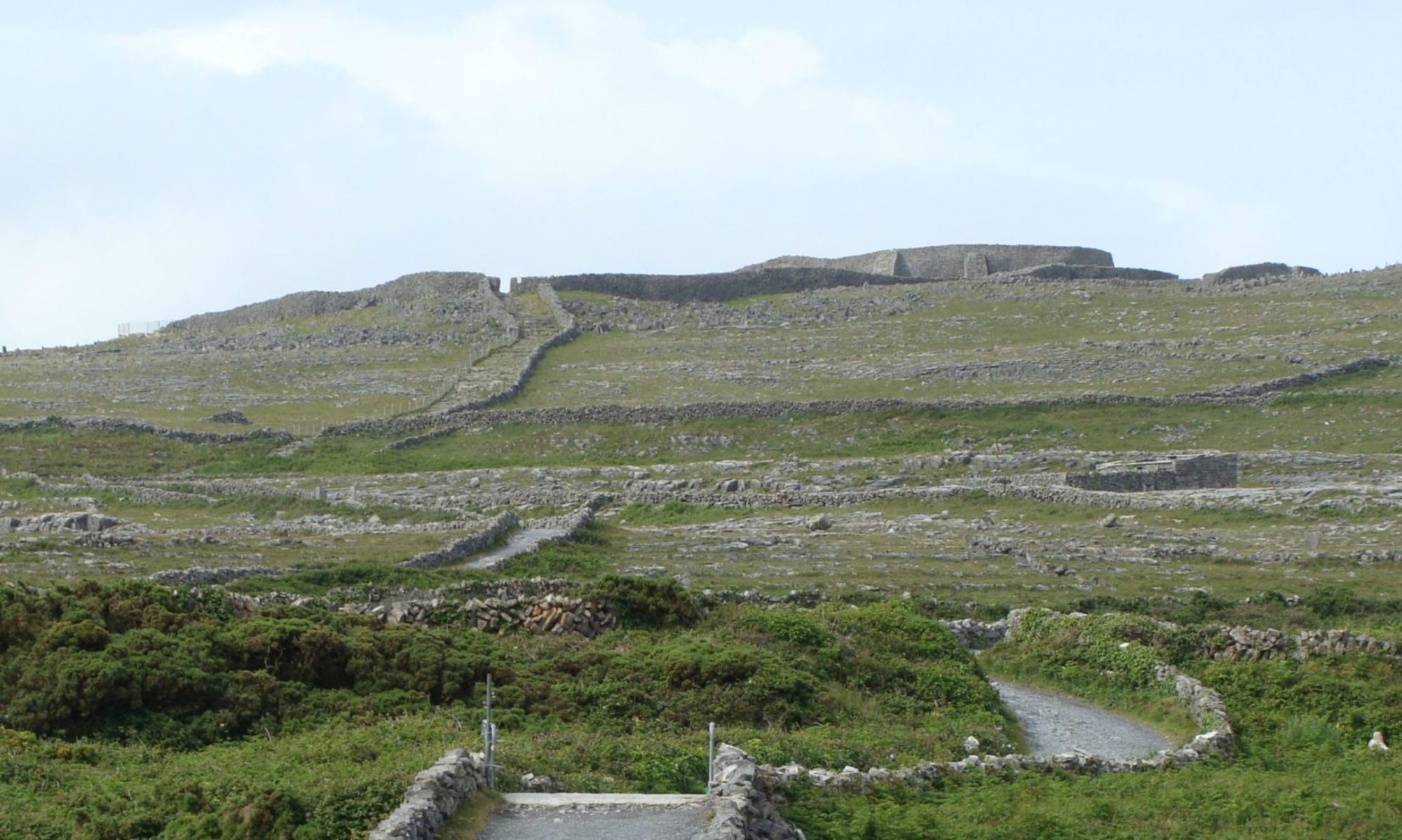In my quest to continue my blog writing after the Info 287 class, I decided to write about a recent exciting development that I hope will serve as a case study for “hyperlinking” between public and community college libraries. A branch of the county library located less than a mile from my college campus, was awarded the opportunity to host the traveling exhibition titled, “Thinking Money” created by the FINRA Investor Education Foundation and the American Library Association to arrive in late March through April 2017. The exhibit will travel to a total of 50 U.S. public libraries to “ teach tweens, teens and their parents, caregivers and educators about financial literacy topics such as saving, spending and avoiding fraud in a way that is not only understandable, but fun” (ALA website).
The town’s library commission reached out to our library in early December 2106 to collaborate on some partnership ideas and to consider creating a companion exhibit focused on financial literacy for college students. I think the potential here for introducing our students to money management is extraordinary. We brainstormed some ideas which we will revisit after the holidays and I foresee academic and student services departments getting involved in the project. Some of the ideas batted included: getting college students to docent the younger students who visit the public library exhibit; have a financial trivia contest; and have our financial aid department participate in a panel on financing college, just to name a few.

There are good examples in the literature on both library involvement in financial literacy education as well as partnerships between academic and public libraries. The RUSA article by Keller et al. does a thorough job on describing the process that the The Reference and User Services Association of ALA (RUSA) went through after being awarded a grant from the Institute of Museum and Library Services to develop guidelines on financial literacy education. The project culminated in the report, Financial Literacy Education in Libraries: Guidelines and best Practices for Service (http://www.ala.org/rusa/sites/ala.org.rusa/files/content/FLEGuidelines_Final_September_2014.pdf) by the RUSA Standards and Guidelines Committee and by the RUSA Executive Committee in October 2014. (Keller, 2015).
The Gil article gave me a lot of ideas on how to leverage and get buy-in from other constituencies on campus including student government, the career center and business and economics departments. Working with contacts in the business and career center allowed the author to make connections in the local community with bankers and small business entrepreneurs who were then approached to be presenters for the college’s financial literacy week.
Lastly, the Vander Broek article was a unique case study of the collaborations between the University of Michigan Library and the Ann Arbor District Library over the course of several years. Besides giving me some great ideas for future projects, it also was forthright in admitting to “lessons learned” along the way.
I’ll revisit our experience in this initial venture with the public library in April. I am looking forward to this new relationship and I welcome any comments!
References
American Library Association. (n.d.). Thinking money: Money management is a lifetime voyage. Retrieved from https://apply.ala.org/thinkingmoney/
Gil, E.L. (2015). Leading the way for financial literacy education: A case study on collaboration. Journal of Business & Finance Librarianship, 20, 27-53. doi: 10.1080/08963568.2015.978710
Keller, K., LeBeau, C., Malafi, E., & Spackman, A. (spring, 2015). Meeting the need for library-based financial literacy education. Reference & User Services Quarterly, 54: 47-51. Retrieved from https://journals.ala.org/index.php/rusq/article/view/5643
Vänder Broek J.L. & Rodgers, E.P. (2015). Better together: Responsive community programming at the U-M Library. Journal of Library Administration, 55, 131-141. doi: 10.1080/01930826.2014.995558
